Festivals are the joyous occasions that every community or country celebrates. They are an opportunity to commemorate specific common purposes and a means to express and achieve joy and cheerfulness among friends and family. There are several festivals celebrated all over the world. The festivals depict a rich culture, traditions and religion. Apart from their heritage, they also highlight the identity of folklore, desires and sociality. Colors play a significant role at quite a few colorful festivals around the world. Pompous and vibrant colors take over the world in times of some of the most joyful and beautiful colorful festivals.
Playing with colors has always been there, whether it is imbued with ancient mythology or incorporated into unique local traditions. As its glory expands globally, almost every corner of the world has a festival where colors are an essential part of the celebration. Today we are talking about some of such most famous and unattainable colorful festivals around the world. From throwing tomatoes in Spain to South Korea's fireworks carnival, they span the globe and can surely add a good dose of color to everyone's lives.
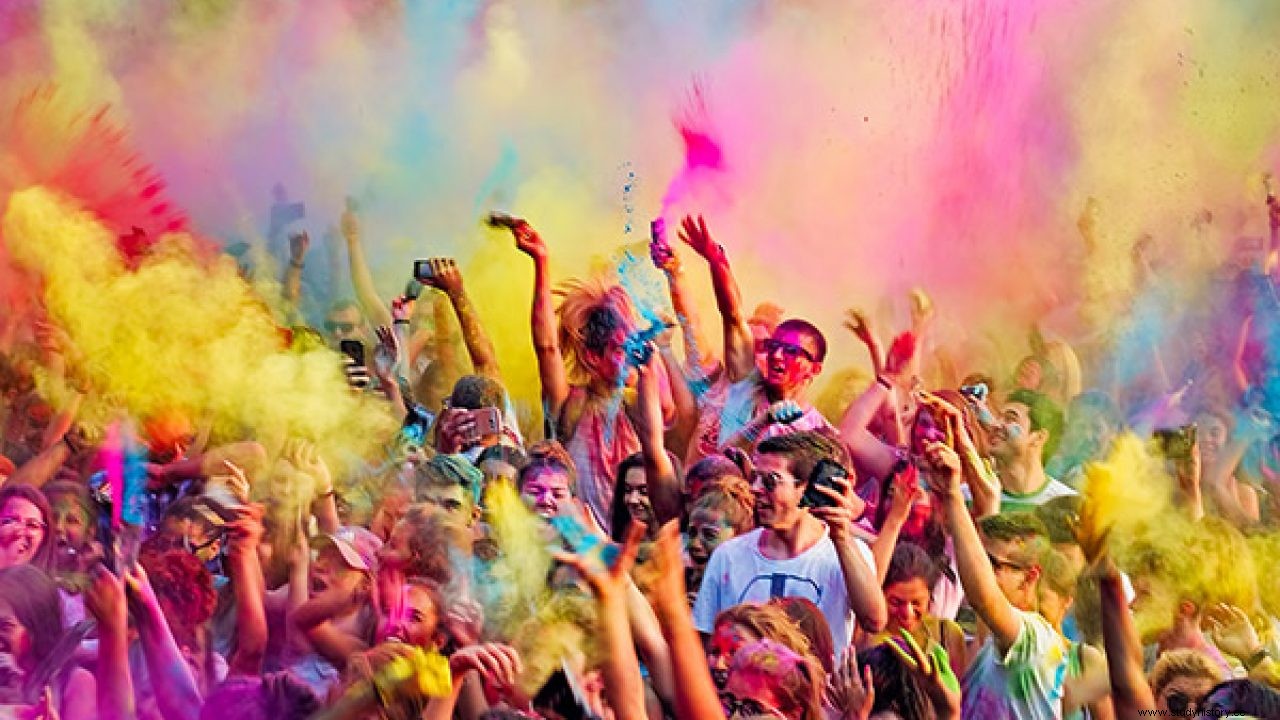
Image Source: Fab Hotel
Holi
Considered one of the most famous colorful festivals globally, Holi is celebrated in India known as the 'Festival of Colors'. It is an ancient Hindu festival that observes the beginning of spring and exists throughout India and parts of Nepal. The festival is celebrated quite intensely in most parts of India, with blows of multicolored powder smeared on everyone's faces and appeared in the air. People gather in large numbers with family and friends, mostly in public places equipped with a 'Gulal' rainbow palette. Sometimes they also play with water in the form of water pistols and water balloons. The night before this, which is a full moon night, people gather around a campfire to pray to eradicate their inner evil, called the legend of 'Holika'.
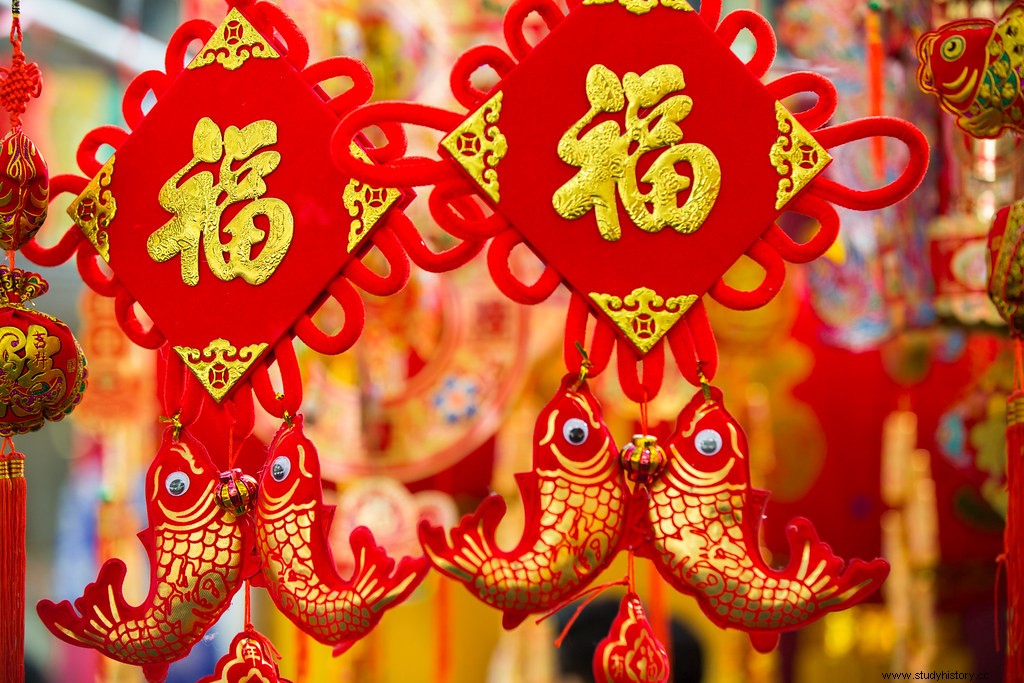
Image Source:Programming Librarian
Chinese New Year, China
The Chinese New Year is a rich traditional festival that celebrates the New Year according to the lunar calendar. It usually happens in late January or early February. China around this time is exploding in a cacophony of colors and sound in cities and towns. Each person through large parades adorns several colors and new designable costumes, with each unique in its style, theme and color. Although the parade is slow due to the large number of people, it seems to be an infinite one! Traditional costumes and the color red are the most dominant in these parades. There are also rainbow-colored dragon dances through the streets, and the homes are lit with strings of red paper lanterns in this colorful festival.
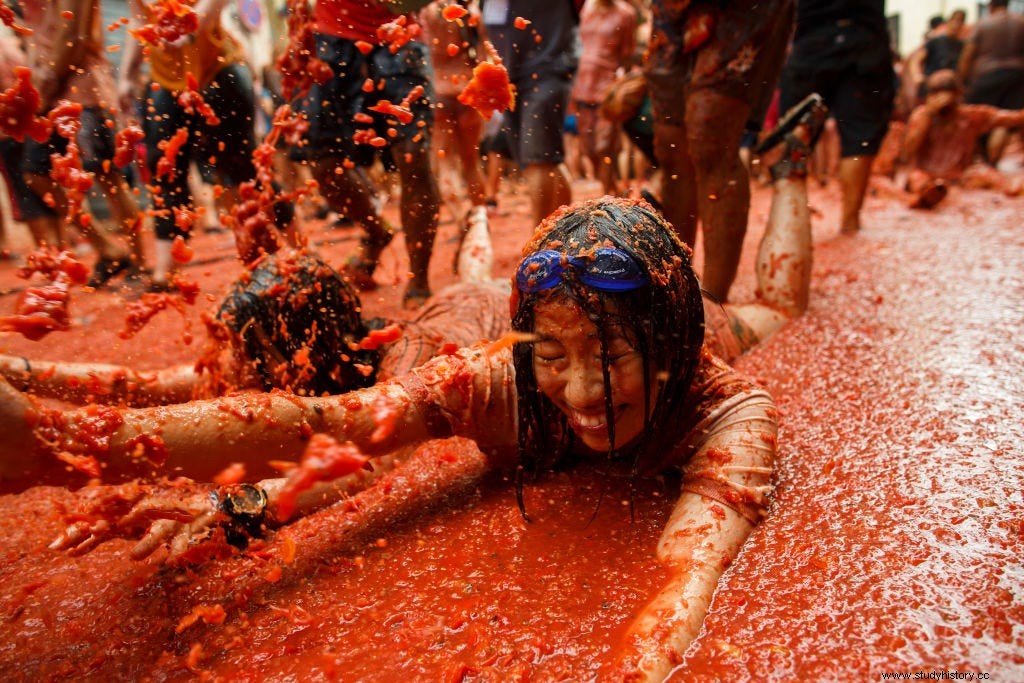
Image Source:insider
La Tomatina, Spain
La Tomatina, known for being Spain's largest festival, takes place on the last Wednesday in October every year. The only red color is the basis for this fruity festival in the Spanish city of Bunol. This festival is a giant tomato fight where the participants reach the streets to throw an arsenal of overripe tomatoes at each other. However, participants follow predefined rules for safety to participate in festivities. Hundreds of tons of tomatoes arrive in trucks to the open areas where people enjoy themselves without injuries. This traditional fruity festival dates back to 1945, when a youth street crashed on a festival stage, knocked a musician down in a vegetable stall and started a food fight. Today, this festival is celebrated with dance, music and various exercises with fire and tomatoes.
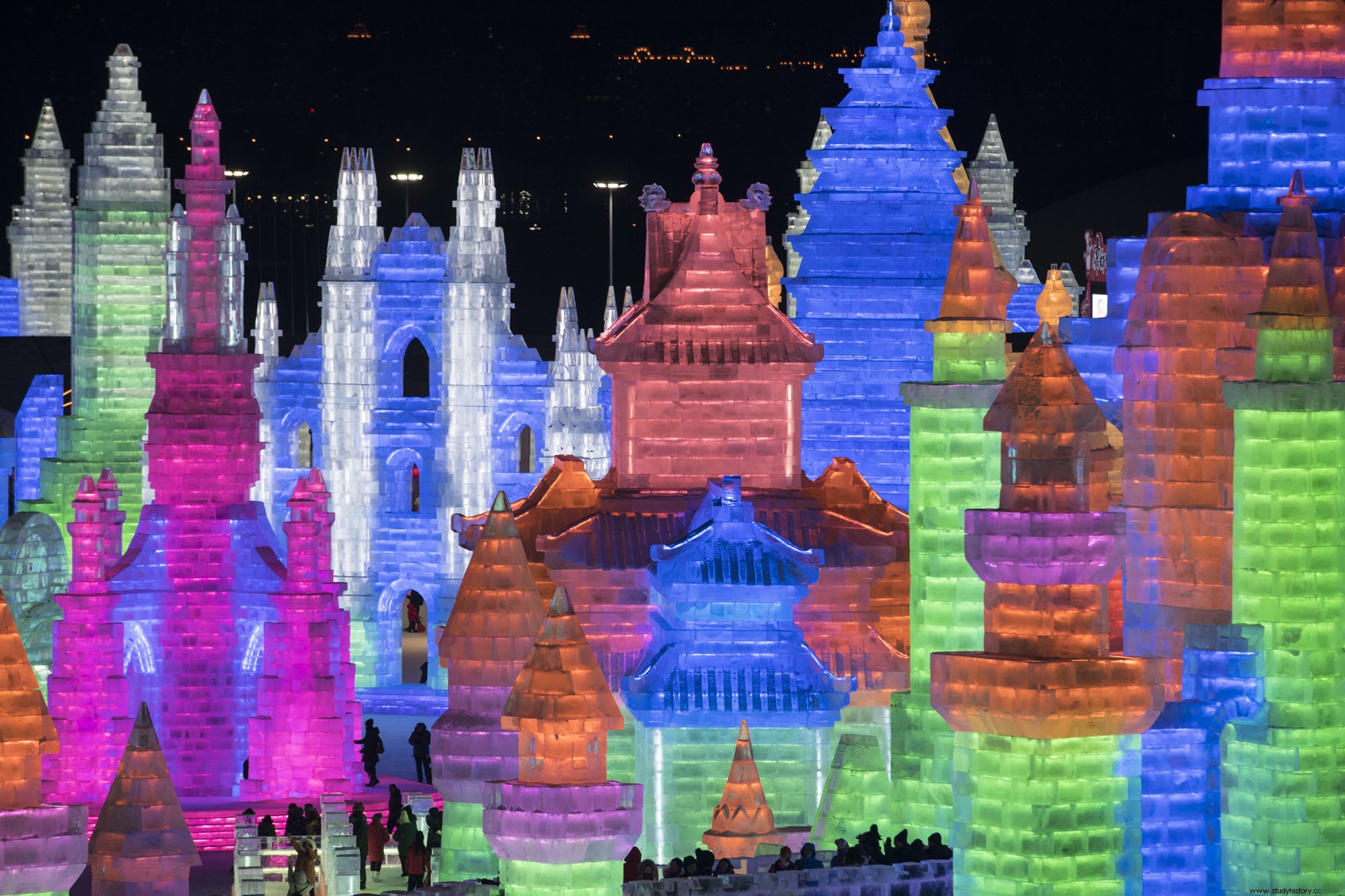
Image Source: The Atlantic
Harbin Festival, China
This huge international ice festival is held in Harbin, China, from January 5 to February 5 every year. The festival's main attraction is the creative shapes, designs and buildings made of ice and snow. This festival has been organized a lot in China for nine years in Herbin when it gets heavy snow. During this festival, an entire neighborhood is formed for full-size ice buildings. Some buildings look like pages in a fantasy book, while others make existing ones. The buildings are made of giant ice blocks and illuminated by light displays. You can also see several multi-storey castles with their towers colored by a dozen hues.
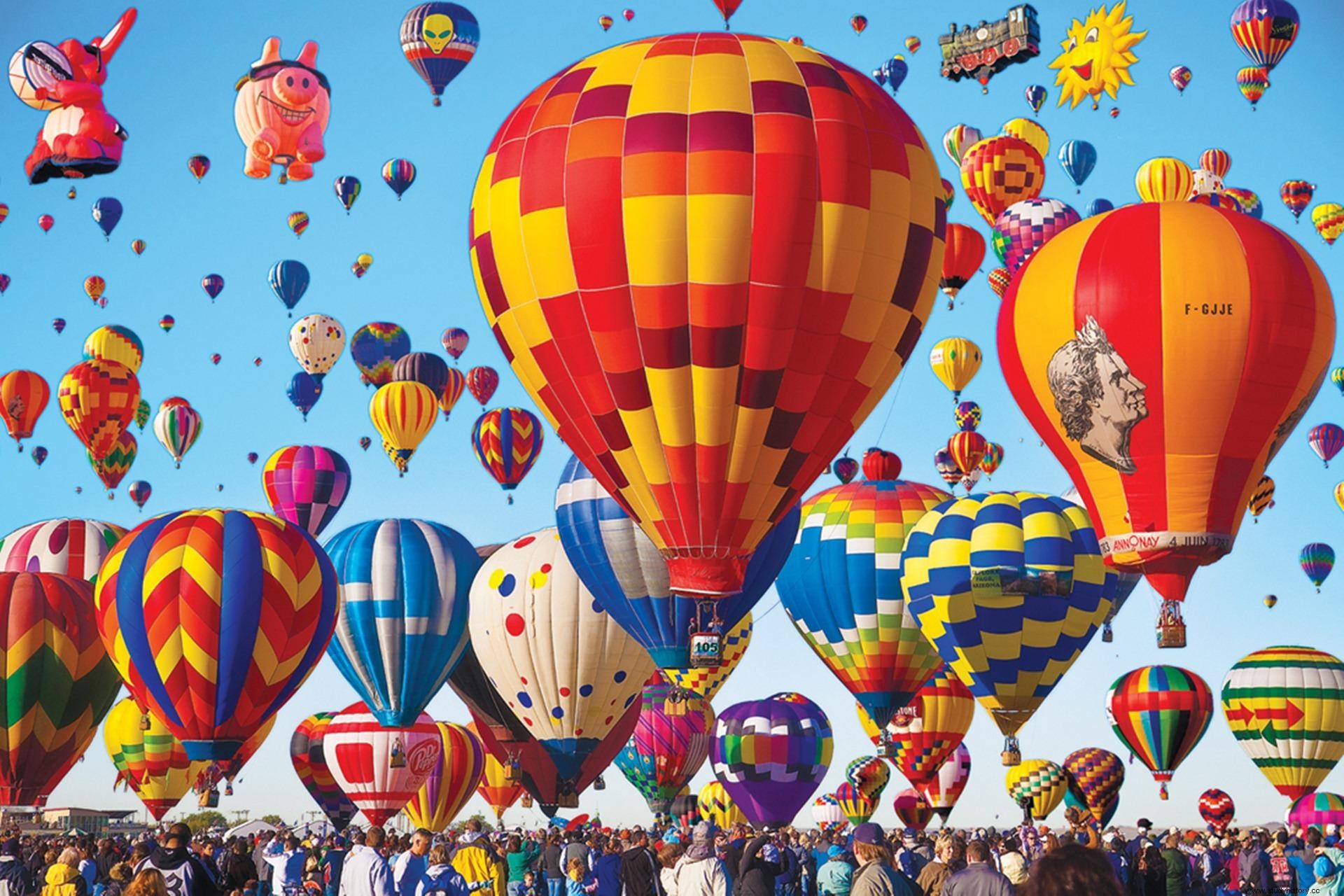
Image Source: Background Cave
Albuquerque International Balloon Fiesta, USA
Albuquerque International Balloon Fiesta, organized in October, is the largest balloon festival in the United States. Celebrated in New Mexico, the festival has been running since 1972, with at least 600 balloons flying in the New Mexico sky the first week of October. The colored balloons lit by their bright flames offer a completely different show and a unique color festival. A bunch of colored, inflated balloons create even more colors when the sun shines over them, making it a picturesque sight. Visitors and competitors from all over the world go to the festival, which continues for nine days.
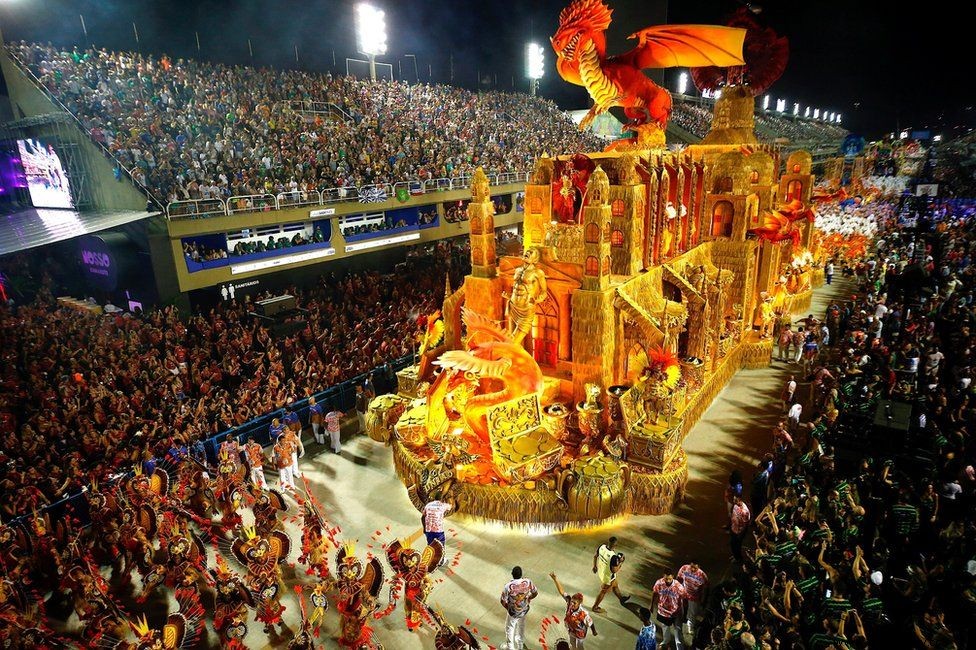
Image Source: BBC
Rio de Janeiro Carnival, Brazil
Carnivals themselves are incredibly large colorful and popular festivals. However, the size and variety of the celebration at the Rio de Janeiro Carnival in Brazil will probably need a whole new category in itself. The world's largest fiesta, the Rio Carnival, is called the world festival's paradise. Bright colors, bold costumes and lively samba sound give power to the two million strong street carnival. It's an electrifying atmosphere with glitter and feathers, and it's a favorite with festival lovers.
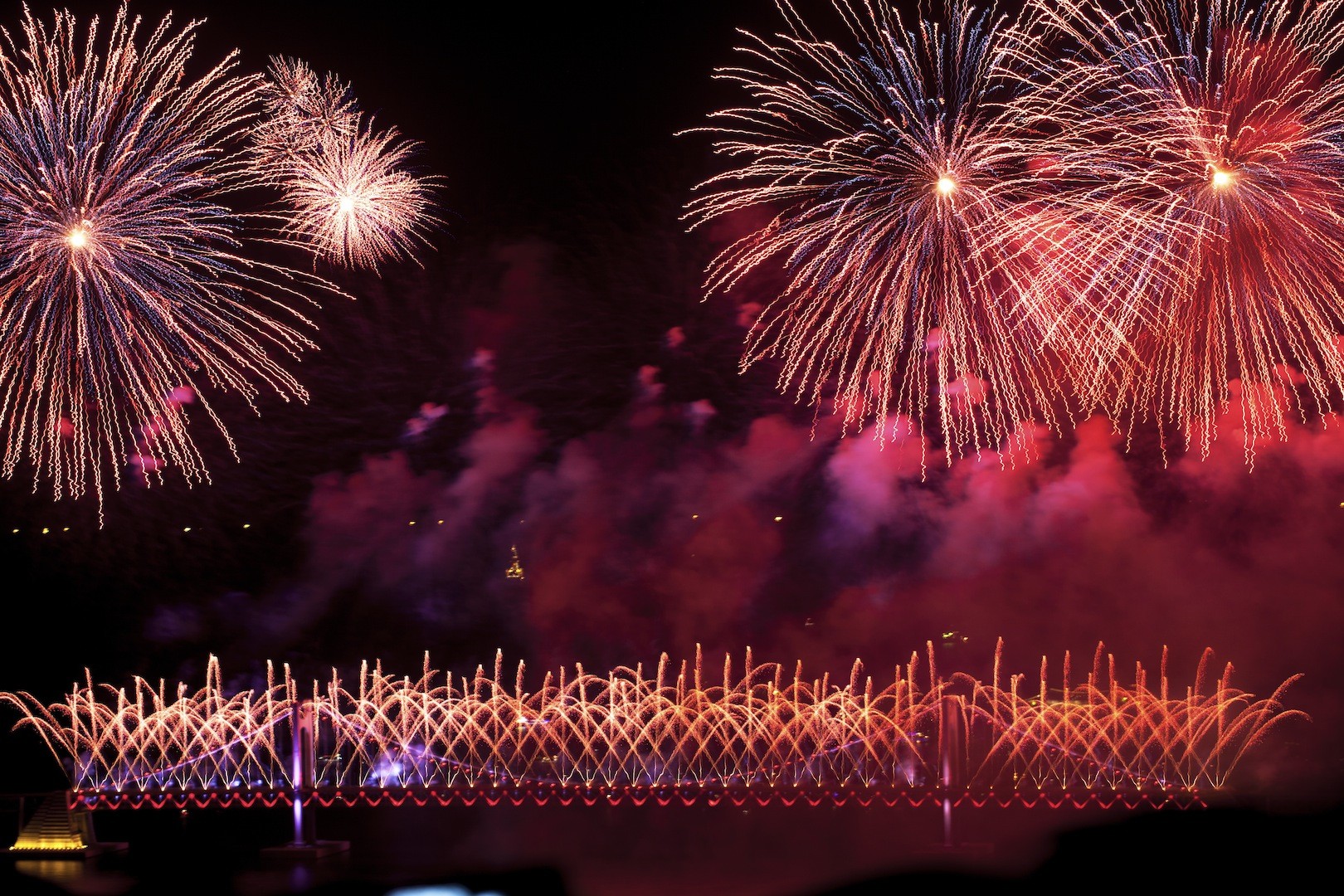
Image Source: Living in another language
Busan International Fireworks Festival, South Korea
One of the most fascinating and extravagant fireworks festivals in Asia, the Busan Fireworks Festival, takes place at the Gwangan Bridge. The entire bridge is lit by tens of thousands of state-of-the-art fireworks and laser shows during the week-long festival. Fireworks in different colors and shapes are often arranged together into whole fashion compositions along the bridge - the 4.5 kilometer long Gwangan bridge at the water's edge facing the Sea of Japan. Crowds gather in large numbers side by side in anticipation of the dark sky to watch the spectacular show. This great festival testifies to around 2 million people from all over the world.
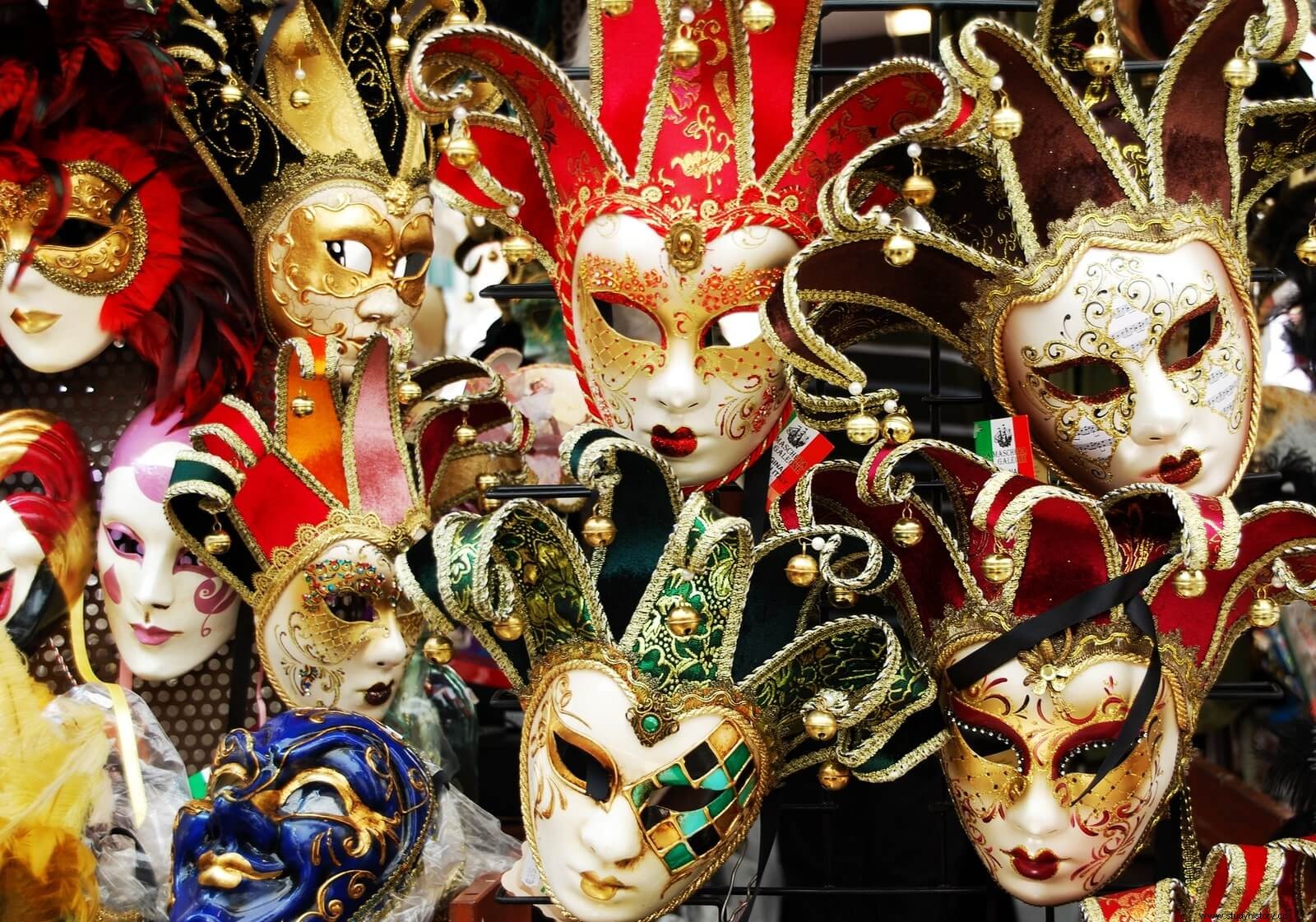
Image Source: Events in Venice
Venice Carnival
The Venice Carnival, also known as the 'Carnevale di Venezia', is Italy's largest festival. It combines the extravagance and elegance of the costume, the famous masks, the ornamented boats and the water. This carnival first began in Italy in the year 1162. The distinctive feature and main attraction of this festival- everyone wears masks! The masks have different designs, and enthusiasts also adorn masks of their favorite characters. The festival, which lasts almost a week, includes concerts, boat parades with lights and various spectacular performances along the way.
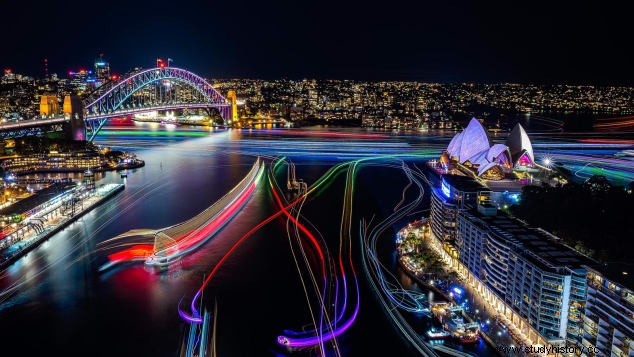
Image Source: CNN
Live Festival, Sydney, Australia
The Vivid Festival, first inaugurated in 2009, is a relatively quiet young festival. It is a beautiful piece of modern art exhibition for the public. One can see the opera house covered by a constantly changing projection along with a fantastic view from the Sydney Harbor Bridge. The projections above the opera house vary from being super fast, twitches Play of geometric shapes to slow and flowing sequences. In addition, there are also interactive multimedia works, light displays and light sculptures around the city.
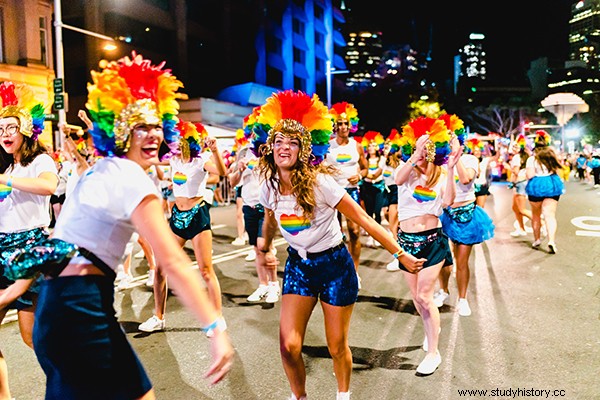
Image Source: Sales Force
Mardi Gras, New Orleans, USA
The Mardi Gras Festival in New Orleans is a rich multicultural celebration that takes place before and after Shrovetide. It is one of the most distinctive festivals in the United States. You can find all kinds of extravaganza in this carnival, from crazy costumes, colorful floats, drinking, dancing and partying. It's time to look into rich food and take to the streets for a week's worth of generous processions. The colors that are traditionally most associated with Mardi Gras in New Orleans are green, gold and purple. Festivities begin early on Mardi Gras, which can fall every Tuesday between February 3 and March 9, depending on Easter date and thus Ash Wednesday.
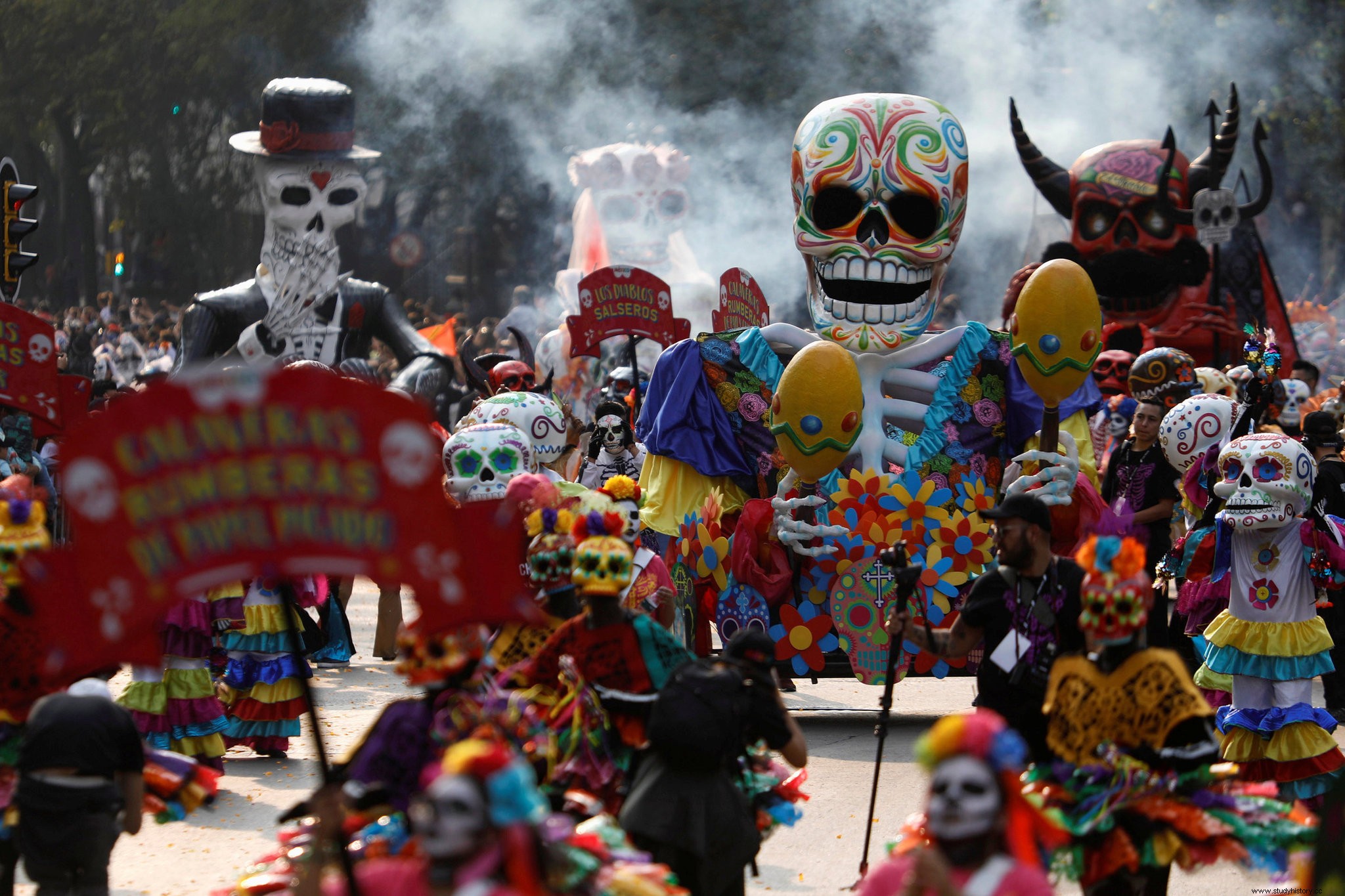
Image Source: Religious World
Day of the Dead, Mexico
Day of the Dead, or popularly known as 'Día de Muertos', is a celebration of death and takes place on two colorful days in Mexico and Latin America. It is associated with Catholic celebrations of All Saints 'Day and All Souls' Day and takes place 1-2. November. The multi-day festival means that family and friends come together to pray for and remember deceased friends and family members. However, it does not seem as scary as it sounds! It is instead a day of celebration rather than mourning. The participants also dress up as skeletons, hold parties and parades and offer offers like sugar shells to the dead. There are lively parades full of vividly decorated skulls, techno colors and a wealth of good vibes.
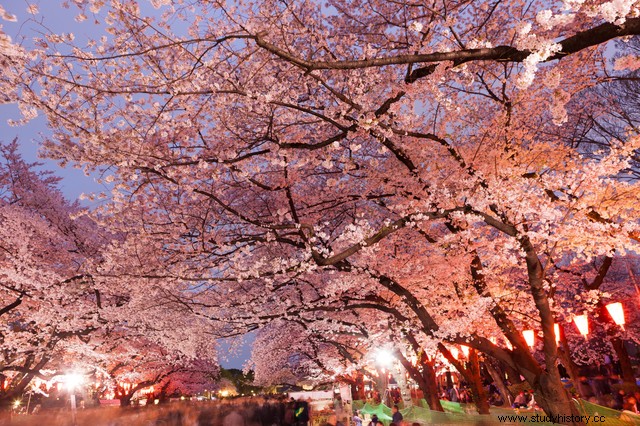
Image Source: New Japan
Hanami, Japan
Hanami or 'flower show' is the traditional Japanese ritual and colorful festivals to enjoy the beauty of flowers. In this case, it refers primarily to the blooming cherry blossoms. Japan, during the spring, is carpeted with fairy-tale cherry blossoms that bloom from late March to early May and around February 1 in Okinawa. The Japanese hold outdoor parties during the cherry blossoms in parks and gardens. Decorative electric lanterns lit up the trees on the island of Okinawa, meant for evening joy, like the trees rising on Mt. Yae, near Motobu Town.
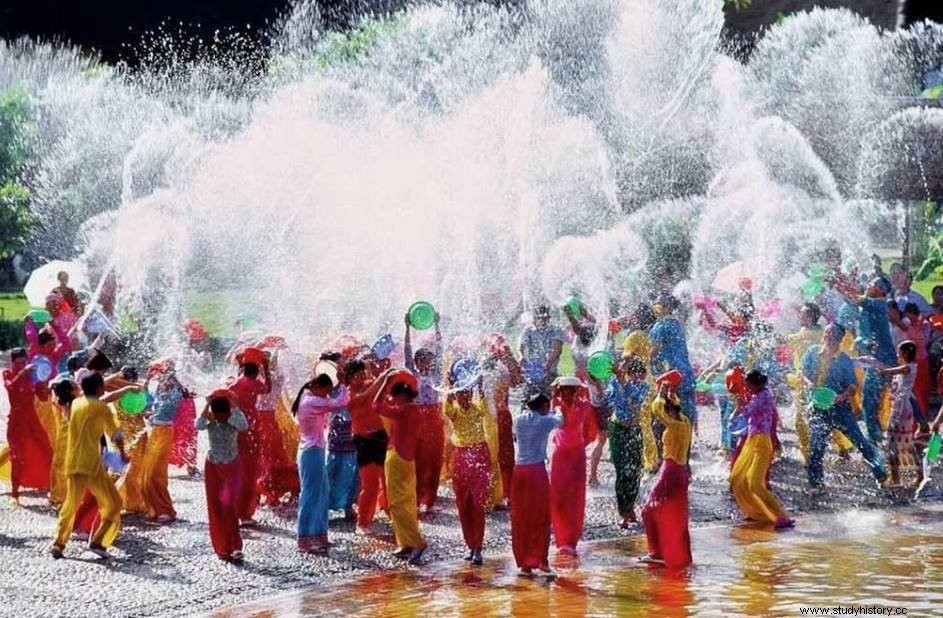
Image Source: Asia DMC
Songkran, water fight in Thailand
Songkran is the Thai New Year's National Day celebrated on April 13 every year. The word Songkran is derived from the Sanskrit word saṃkrānti, literally "astrological passage", which means transformation or change. This Thai New Year is welcomed with the world's biggest water fight. Thai citizens and visitors enter water battles by approaching each other with water balloons. Usually, people gently sprinkled water on each other as a sign of respect. When the New Year falls in the hottest month in Southeast Asia, however, many people end up drowning strangers and passers-by in vehicles during lively celebrations. This tradition follows the concept of purification with water to purify and renew.
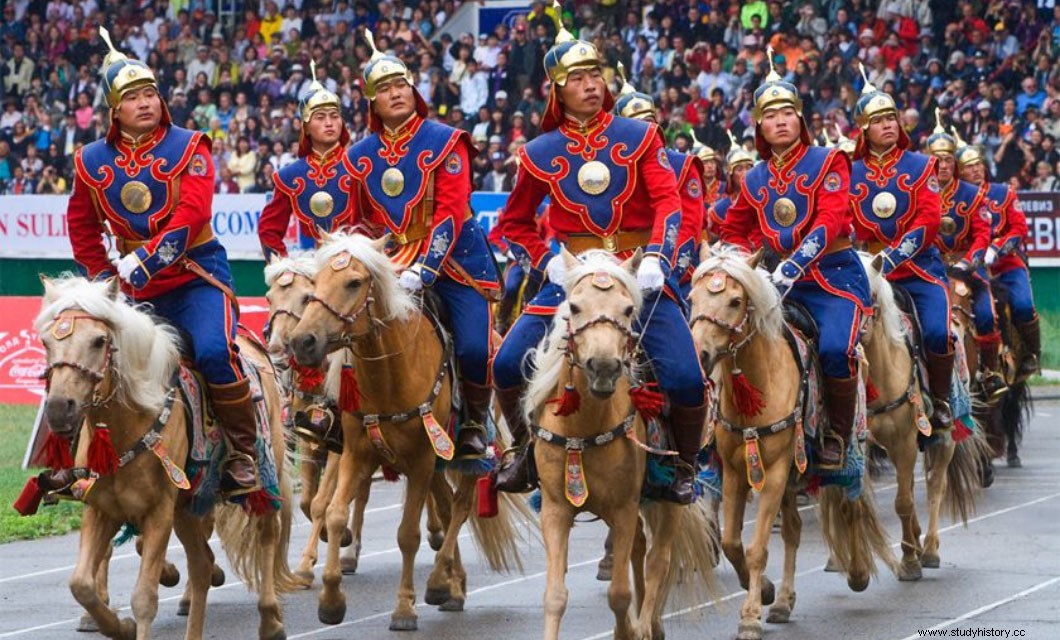
Image Source: La Polo
Naadam Festival, Mongolia
The Naadam Festival in Mongolia is celebrated in the middle of the summer season and has existed for centuries. The festival, in its origins, was celebrated in the form of military and sporting activities and was gradually incorporated into weddings and spiritual rituals. It is also celebrated as a way to train soldiers in war. The Naadam Festival is now recognized and celebrated every year as a celebration of Mongolia's independence from China after the revolution of 1921. The celebration, which begins with an opening ceremony, includes the "Three Games of Man", which show people's strength in sports activities. These games are popular as "Danhig" games.
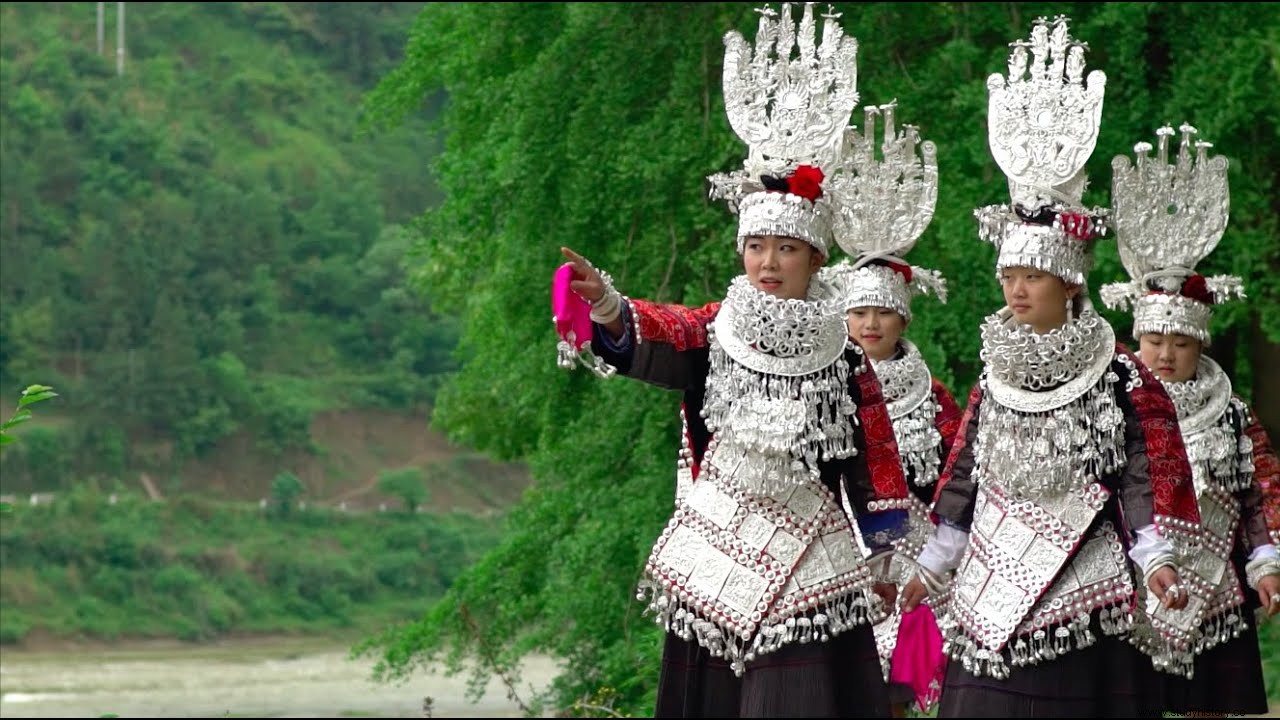
Image Source: Google
Zimei Festival, China
The Miao people from southern China celebrate Zimei's colorful festivals during the third lunar month. A significant celebration of Miao's courtship, the Zeimiei Festival, takes place on the 3rd day of the month and provides a potential chance for young boys and girls to fall in love. They wear rich traditional costumes and gather in the village square to celebrate the tradition and culture of Miao. Young Miao women rejoice, sing and dance and perform from one village to another. The women wear beautiful jewelry, heavily embroidered clothes and brocade aprons to move the boys. They also offer Zimei rice to the young boys they flirt with and choose as their beloved.
Festivals are a way for great joy, dance and enjoyment. These rich colorful festivals have a great cultural significance and are celebrated with a lot of joy and enthusiasm. Visit the countries to celebrate these colorful and lively festivals and enjoy the party!
